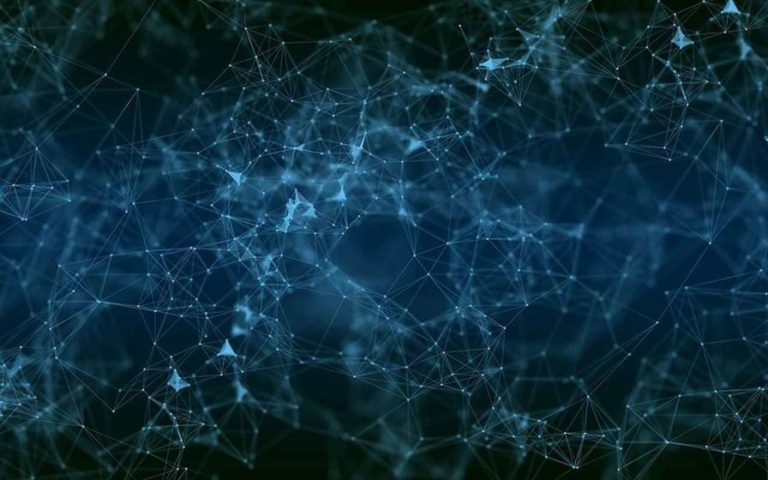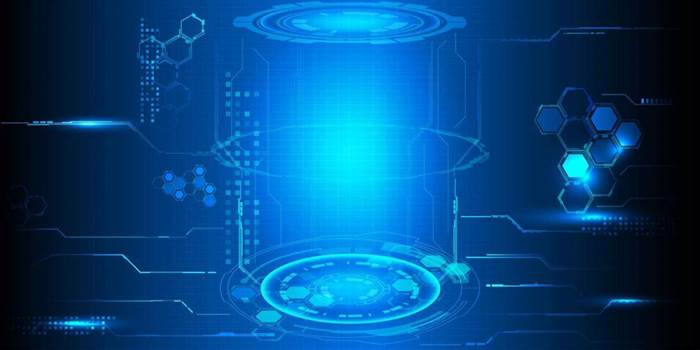What’s Primary Distinction Between A Cloud And A Fog? Leave a comment
I just lately was in a mountain space at round 2000m elevation and once we arrived everything was covered in what looked like a fog. After a while, a robust wind began and air became crystal clear in less than 5 min. With better visibility, it you could see that it was only a cloud passing via at this top. The orbits of those satellites cross over every of the poles.
This makes it an easy-to-implement and cost-efficient option for companies, specifically SMBs. However, utilizing the cloud computing framework would require a safety system to safeguard your data against potential cyber threats. For instance fog computing vs cloud computing, you would possibly have to deploy cyber asset attack surface administration (CAASM) software program to research and resolve potential vulnerabilities and entry factors in computing infrastructures.
This blog covers numerous subjects on industrial automation similar to operations & management, steady & batch processing, connectivity, manufacturing & machine control, and Industry 4.zero. In distinction, doing the same with an area server might have taken weeks or months. Cloud thus ensures quick scaling for organizations that are rapidly growing. Fog and smoke from a brush hearth combined to make an excellent fog, resulting on this large car accident in Florida in 2008.
- However, this apply has its personal limitations, such as bodily space occupancy, high upkeep, and low-cost effectiveness, which is why cloud computing is essential.
- In this submit, we are going to understand the ideas of edge, fog, and cloud computing and their key differences.
- It all is determined by the direction and sample of wind circulate within the area.
- Edge and fog computing could be more costly than traditional cloud computing, specifically if you are a small enterprise (SMB) within the early section.
This infrastructure is called the fog layer, and it provides additional computing sources and providers to edge devices. Edge computing and fog computing are two ideas which are often used interchangeably, however they’ve important variations. Edge computing is a decentralized computing mannequin that brings data processing nearer to the units and sensors that generate it. Fog computing, then again, is a distributed computing model that extends the capabilities of edge computing to a larger community of devices and sensors. The major characteristic of fog computing is its proximity to edge gadgets. By processing knowledge nearer to the supply, fog computing can cut back latency and improve system efficiency.
Now the technology has even advanced to incorporate cloud with IoT with Edge and Fog computing. However, earlier than understanding these concepts, we first need to know cloud computing. With cloud suppliers like AWS, Google Cloud, Microsoft Azure, Oracle Cloud, and tons of extra, now cloud computing is not a new terminology on the earth of know-how.
Fog Computing Vs Cloud Computing For Iot Initiatives
One of essentially the most troubling sorts of fog is known as “super fog.” Super fog forms when smoke from wildfires and water vapor come together to type an especially dense fog. The smoke supplies particles for the water vapor to condense around. This combination of smoke and water vapor is a dangerous one. A tremendous fog is so dense that you would not have the power to see your individual hand in front of your face. We are already used to the technical term cloud, a community of a quantity of gadgets, computer systems, and servers connected to the Internet.
So, edge and fog computing are finest fitted to use instances where the IoT sensors might not have the most effective internet velocity. Deploying bodily servers and other technological infrastructure can take weeks and even months. Besides, businesses require a physical house and a technical skilled to make sure sufficient energy and dealing and management of the systems.
Client-based fog computing is right for applications that require real-time processing, corresponding to autonomous autos and industrial IoT. There is another technique for data processing similar to fog computing – edge computing. The essence is that the info is processed directly on the units without sending it to different nodes or data centers. Edge computing is particularly beneficial for IoT tasks as it supplies bandwidth savings and higher information safety. Edge computing is a computing structure that goals to convey computing closer to the source of data. It is based on the idea of processing information on the fringe of the network, as opposed to within the cloud or in a centralized knowledge center.
Exploring Computing Fashions: Edge Computing Vs Fog Computing Vs Cloud Computing
The distributed structure of a fog system makes it more secure than a cloud computing system. The centralized nature of a cloud system results in high latency, while fog methods experience low latency due to their decentralized nature. Fog has a decentralized structure with hundreds of thousands of small nodes that together comprise the entire network being as shut as potential to the shopper hardware. Fog and cloud are some of the two strategies which have turn into all too common. Read the total fog computing vs. cloud computing comparability under.

However, in fog networks, the data gets processed at an area level. It ought to be noted that fog networking isn’t a separate structure. It doesn’t exchange cloud computing however complements it by getting as shut as attainable to the source of data. On the other hand, edge, and fog computing frameworks are best suited if your corporation presents functions that require quick responses for correct decision-making in real-time.
What’s The Difference Between Cloud, Fog, Haze And Mist?
It brings enterprise functions close to information sources similar to native edge servers or IoT gadgets. One of the primary advantages is decreased latency by processing data nearer to the source. The demand for information is increasing the overall networking channels. And to deal with this, providers like fog computing and cloud computing are used to shortly manage and disseminate data to the end of the customers. Cloud-based storage providers like Google Drive and Dropbox that permit saving, accessing, and sharing recordsdata on-line are glorious examples of cloud computing in motion. These providers enable customers to upload crucial documents to the cloud and access them from any system.
This is especially important for functions that require real-time knowledge processing, corresponding to industrial IoT and autonomous autos. Both fog and edge computing scale to meet the wants of large and complicated methods. They present extra compute assets and services to edge gadgets, which allows organizations to process more knowledge in real-time. This sort of fog computing relies on the computing power of edge units to process and analyze information.

Fog computing permits us to find information on every node on local sources, thus making information analysis more accessible. The appreciable processing power of edge nodes permits them to compute large amounts of information with out sending them to distant servers. These instruments will produce big quantities of knowledge that will have to be processed quickly and completely. F fog computing works equally to cloud computing to meet the rising demand for IoT options. Fog computing is ideally a data processing layer between the sting and the cloud.
Cloud Service Provider
Plus, there’s no need to keep up native servers and worry about downtimes – the vendor helps every thing for you, saving you cash. According to Statista, by 2020, there shall be 30 billion IoT units worldwide, and by 2025 this number will exceed seventy five billion linked things. Schedule a gathering with us right here, and let Seaflux be your trusted companion in unlocking the potential of cloud innovation. Your journey to a more agile and scalable future starts with us. To tackle the above concern of undesirable and inefficient data site visitors, Edge and Fog computing comes into the image.

Ice crystals kind within the air when it’s cold enough and particles like mud or smoke in the air present a “seed” for the ice crystal to form round. Sometimes it’s chilly enough, but the air does not have any particles. In this case, water within the air becomes “supercooled.” This supercooled water is a liquid, however it’s colder than the freezing level (32ºF).
What Is Edge Computing?
In this post, we will understand the ideas of edge, fog, and cloud computing and their key differences. With cloud computing, users don’t have to own any applied sciences they use for his or her work, whether or not software or hardware. When the condensation (which you read above) occurs close to the earth floor, it varieties a fog or mist. So, a fog or mist is simply a cloud that has formed close to the earth surface.

This led to the creation of remote computation, generally identified as cloud computing, the place the question is generated at one location, and its computational energy comes from another. Over the years, the world has seen an exponential improve in the use of computers and the requirement of needed computational power to achieve basic duties. And as the expertise advanced, the computational power additionally elevated, creating hefty work to keep up the servers required for computation. The main distinction between the three computing frameworks is their knowledge processing location.
Therefore, every feeling you get when walking by way of a fog or mist is what you get when strolling through a cloud. The obscurity and unclearness, the cold and chilling temperature, those are the identical feelings you’re going to get when you walk via the clouds. When water evaporates from the earth floor, it varieties vapour which may transfer vertically (towards the sky) or horizontally (along the earth surface) or each vertically and horizontally. It all is decided by the direction and pattern of wind flow in the region.
What’s Fog Computing?
The service suppliers guarantee knowledge safety whereas finish users pay for space for storing. In this application, edge knowledge facilities, like their bigger cousins, will provide the underlying platform to agnostically assist fog network operations be they from Cisco, EMC, VMware or Intel. The fog layer provides additional security measures to edge gadgets, corresponding to encryption and authentication. This helps to protect delicate data from unauthorized access and cyberattacks.
Grow your business, transform and implement technologies based on artificial intelligence. https://www.globalcloudteam.com/ has a staff of experienced AI engineers.
